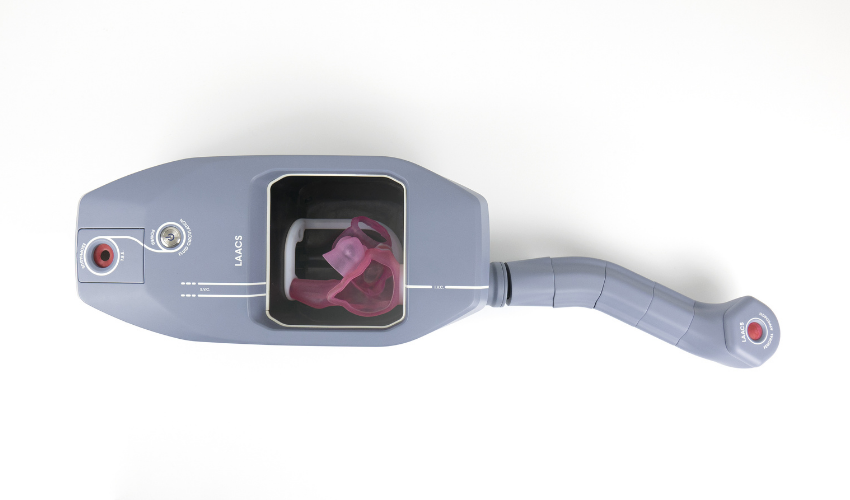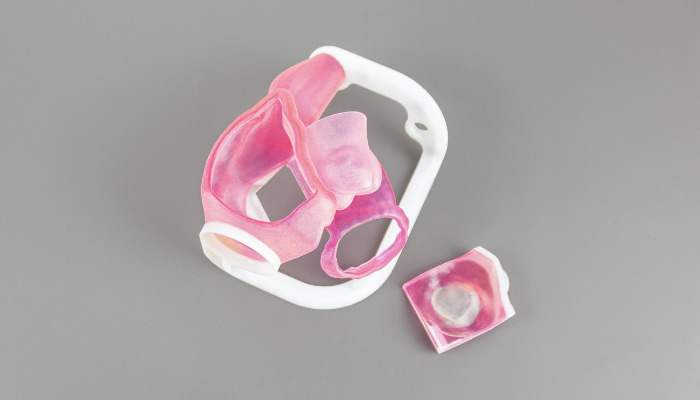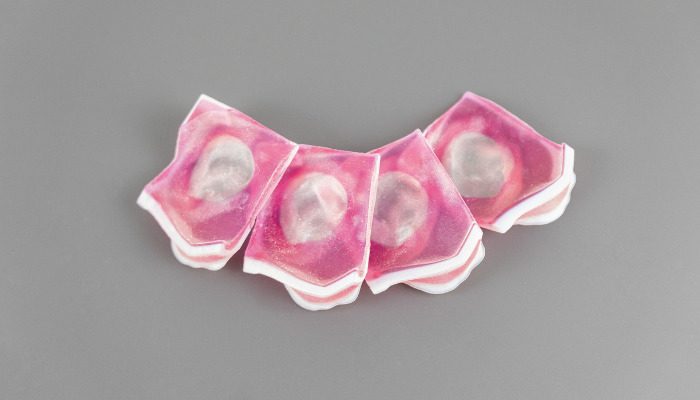Biomodex adds new 3D printed surgical training solution

3D printing is increasingly becoming an important tool in the medical field notably for customization of medical devices. However it is clear that it also will be important in medical training. In the latest advancement, Biomodex, a Boston and Paris based digital health company, has expanded its product line in neurovascular and cardiovascular patient-specific rehearsal and physician training 3D printed solutions. It has launched the new Transseptal Puncture Training Solution. Compatible with ultrasound, the next generation training system was developed to simulate the feel, friction and haptic feedback of real heart tissues and blood vessels, training students and physicians to perform the complicated transseptal puncture procedure.
3D Printing in the Medical Field
Thanks to advances over the years, 3D printing technologies are becoming more and more used in the medical sector. For example, during COVID-19, 3D printing was a crucial way to overcome problems caused by supply chain breakages and shortages, with manufacturers and individuals providing PPE, ventilators and even testing 3D printed swabs for testing. However, 3D printing is not just crucial to the medical field not just because of 3D printing’s agility and its ability to be locally centered. Customization is becoming one of the major benefits of 3D printing in the medical and dental field for a variety of products. Surgeons have used 3D printing to create implants and more, a field that is becoming even more dynamic due to material innovations. Finally, 3D printing can also be used in training, which is where companies like Biomodex come in.

Biomodex’s Transseptal cartridge and septum (photo credits: Biomodex)
Biomodex was founded in 2015 with the intent of developing 3D printing based complex training and case specific rehearsal solutions for rehearsals. Their mission is to use their proprietary 3D printing technology to provide a unique and tailored tactile physician experience. Using this technology, they hope to revolutionize pre-operative planning in order to have safer medical procedures and improved patient outcomes. The Transseptal Puncture Training Solution is the latest of their offerings. According to Bill Perusek, Biomodex’s Vice President of U.S. Sales, this system was developed due to increased need for training for this particular procedure. He stated, “The volume of TP procedures has been on the rise due to increasing incidences of atrial fibrillation and other structural heart disease…Our aim is to provide a modern and realistic training solution that can shorten the learning curve for this demanding procedures, and enable more physicians to advance their skills more quickly.”
The newest Biomodex 3D printed training solution
Transseptal Puncture essentially is a procedure that allows cardiologists and electrophysiologists to gain access to the left atrium of the heart to treat a number of cardiac conditions. The procedure is typically guided by advanced cardiac imaging such as transesophageal echocardiography (TEE) or intracardiac echocardiography (ICE). The solution from Biomodex is designed to not only simulate real heart tissues and blood vessels, but it is compatible with this advanced technology, allowing for more effective training that also reduces risk to patients. The training cartridges are 3D-printed with Biomodex’s own INVIVOTECH and ECHOTECH technologies, allowing them to mimc both the mechanical behavior of cardiac tissue and blood vessels and also allowing for targeted acoustic properties.

Disposable septums used for training (photo credits: Biomodex)
Speaking on the importance of the procedure and training, Dr. Juan F. Granada, President and CEA, Cardiovascular Research Foundation commented, “Adoption of emerging structural heart technologies require the operators to receive more specialized training to further industry adoption. Biomodex’s latest solution offers an innovative alternative over traditional training methods because it enables physicians to gain experience by working on humanized models and using clinically adopted imaging tools in a real cath-lab environment.” He concludes by noting the importance of using 3D printed models for the creation of these solutions, “Due to the fact the training models are 3D-printed, we can adapt training to address more complex anatomies or specific technical challenges.” We look forward to see what new innovations will be coming for 3D printing in the medical field, check out the video below to see how the system works:
If you want to learn more about this system or about Biomodex, check out their website HERE. What do you think about the Transseptal Puncture Training Solution? Let us know in a comment below or on our Facebook and Twitter pages! Sign up for our free weekly Newsletter here, the latest 3D printing news straight to your inbox!
*thumbnail photo credits: Biomodex






